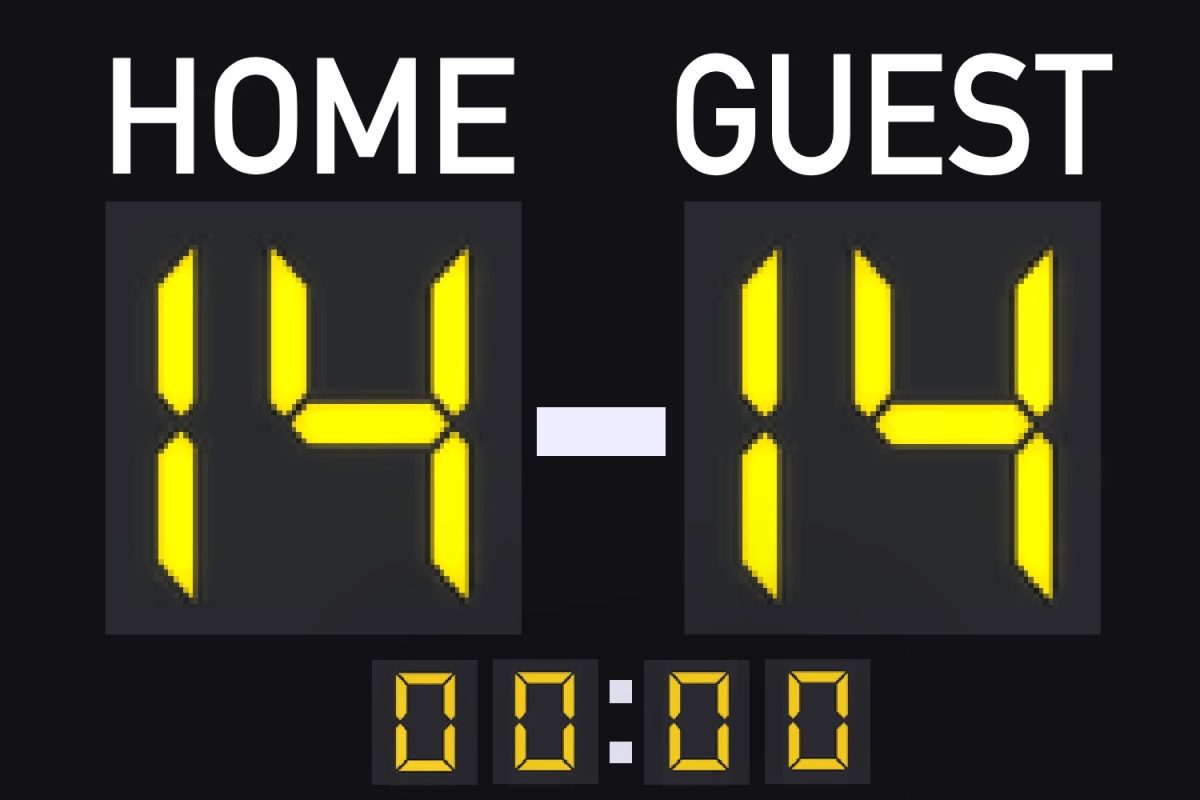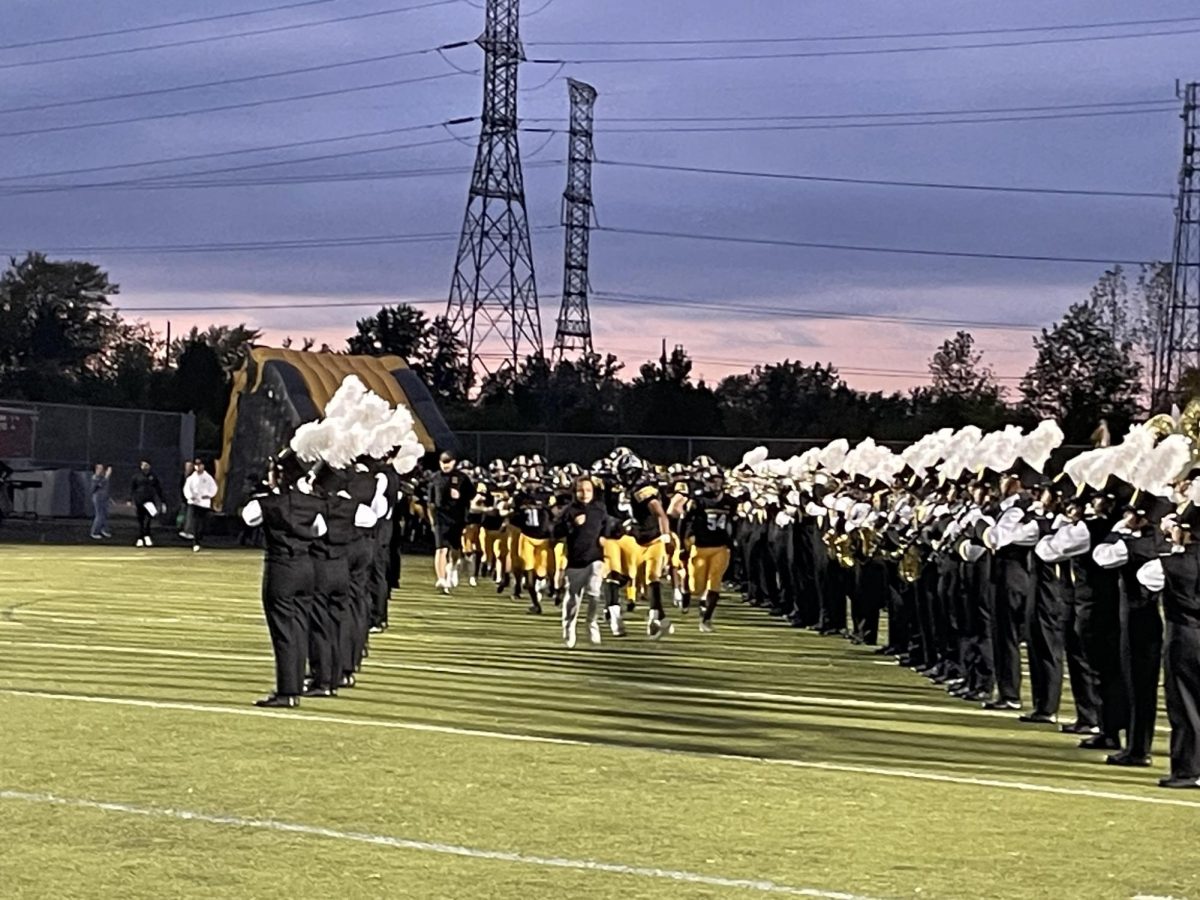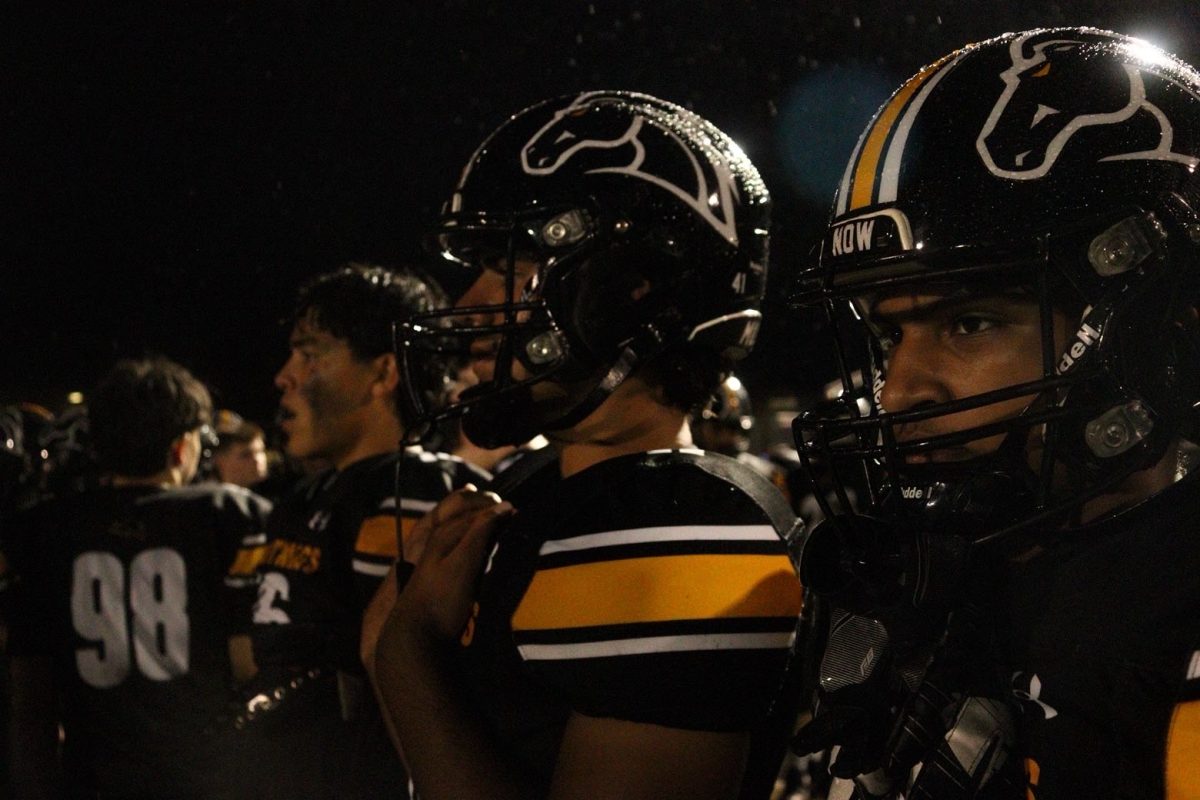It’s a tie game in overtime. There are three seconds left on the clock. Your favorite team just marched all the way down the field into the opposing team’s 5-yard line. The kicking team comes onto the field, and you’re on the edge of your seat. You need this win. You’ve just spent four hours watching this game, eyes glued to the screen the whole time. They snap the ball. The hold is good, and the kick is… wide right. The game ends in a 14-14 tie. You’re stunned. You just spent four hours of your Sunday watching this game, and it ends like that? You wait for a flag to be thrown, but you know deep down there weren’t any.
This is a nightmare scenario for any sports fan. Investing all that time into a game just for it to end in a tie is one of the most unsatisfying and disappointing things in all of sports. But that isn’t the only reason ties are awful. Ties can confuse standings. When games end in ties, leagues often have to use point differentials. In football, a single tie can throw off playoff calculations completely. Instead of having clean records like 10-7 or 11-6, you could get a record like 9-6-1, which can make it less obvious who’s ahead without looking at stats like point differentials. In a tight playoff hunt, this could throw off who actually makes the playoffs and who doesn’t. A team could make the playoffs not because they were dominant, but simply because the math worked in their favor. This leaves fans feeling frustrated, especially if they missed the wild card by one game just because another team had a better point differential than them on an easier schedule.
Ties also hurt the marketability of sports. Sports thrive on drama. An exciting game can give networks and leagues great ratings and something to build a narrative around. Unless a heavy underdog ties with an elite team, which is almost never the case, ties often leave broadcasts and marketers with nothing exciting. You never see any exciting headlines about ties. They aren’t attention grabbers in the same way as a big win or a heartbreaking loss. From a broadcast perspective, ties can lower ratings and engagement. Overtime wins and walk-offs tend to create huge spikes in viewership and ratings, and often lead to social media buzz, which sports leagues love. A tie game doesn’t produce those viral moments and highlights. I can’t remember the last time I saw a highlight that was from a tie. For leagues that depend on drama to keep fans hooked, ties are a lost opportunity.
Many sports have overtime rules that prevent ties from occurring. In college football, each team starts at the opposing team’s 25-yard line, and the field position changes in subsequent overtime periods. There is no game clock, and the pressure builds with each round, often leading to thrilling finishes that keep fans on the edge of their seats. Some overtime games can feel endless, but the payoff is always a dramatic ending. The NFL, however, hasn’t adopted an overtime system like this, mainly because of broadcast schedules and league structure. Still, that doesn’t change the fact that ties feel out of place in sports built on competition and drama. At the end of the day, sports are an entertainment industry, and nobody is entertained by a tie.

















